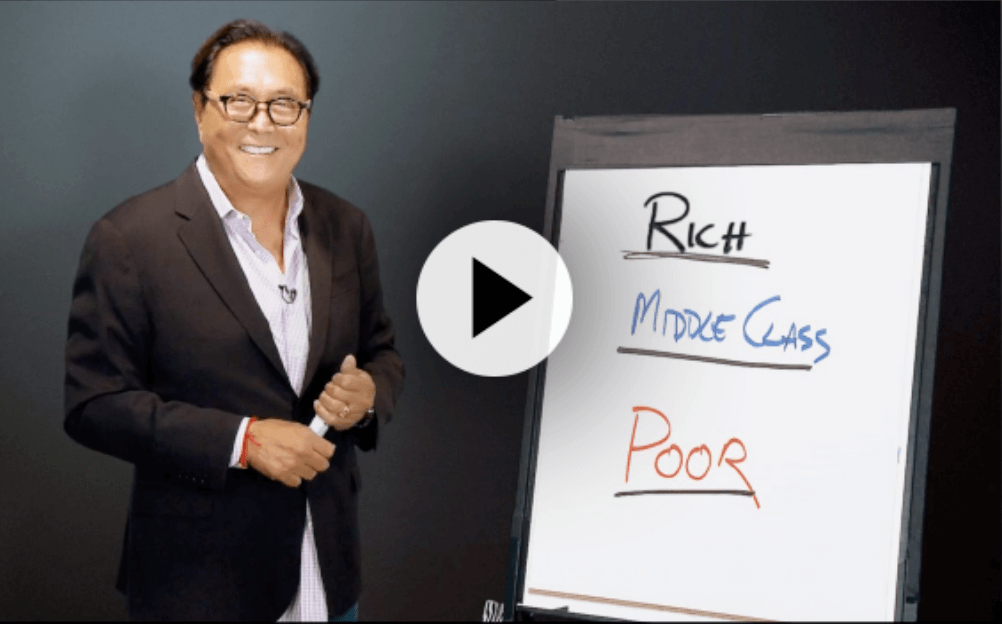Blog | Entrepreneurship
Find Your Business Behind the Business
Why business, like money, must continually move to stay alive
June 26, 2018
A while back, I wrote about a friend who got to hear Ray Kroc, the founder of McDonald’s speak to his MBA class at the University of Texas at Austin. Afterward, the students invited him out to some beers and he joined them.
Over those beers, they talked about many things, but my buddy remembers one thing the most. “What business do you think I’m in?” asked Ray.
Of course, everyone thought for sure the answer was that Ray was in the hamburger business. The answer, however, surprised them all.
“I’m not in the hamburger business,” he said. “I’m in the real estate business.”
Ray went on to teach them that even though his business started out as a hamburger joint, as he expanded, the most valuable part of the business became the real estate on which his restaurants sat. The burgers were simply a means to extend and grow his wealth through real estate.
As I wrote, “Today, McDonald’s is one of the largest owners of real estate in the world, owning some of the most valuable intersections and street corners in the world. And the amazing thing is McDonald’s gets all this real estate for free. Their franchises pay for it.”
Business leads to business
This highlights something very important when it comes to business: your initial business should never be your only business.
Just as money has velocity and must always be moving in order to stay alive and grow, business is the same. You let where you were yesterday be the determiner of where you need to go tomorrow. And every business, as it grows, opens up the possibility for even bigger business—if you have the eyes to see it.
Who has the most mobile payments customers?
A simple illustration of this point would be to ask a seemingly simple question, who do you think has the most active mobile payments customers?
- Apple Pay
- Google Pay
- Samsung Pay
- Starbucks
The answer you may now guess is Starbucks.
As Quartz reports, “More than 23.4 million people will open the Starbucks app to pay for their coffee or tea at least once every six months in 2018, according to eMarketer, which just edges out Apple Pay’s 22 million biannual users. Google Pay trails in third place, with 11.1 million people using the service to pay once every six months.”
Online mobile payments are a huge market that is projected to pass $1 trillion dollars in 2019. When you think about the amount of money that passes through the Starbucks app, you can begin to realize how large an opportunity they have that has nothing to do with their core business—coffee. They now have 30% of all their transactions go through their app.
They have built and app technology that they can white label and sell to other businesses, using their online payments functionality and charging a fee for every transaction. By doing so, they’ve extended the value of their business by multiple amounts.
There is always another business under your business
Starbucks is not alone. When we started Rich Dad, it was around our financial education board game, CASHFLOW®. Later, I wrote Rich Dad Poor Dad as a kind of manual to help people understand the principles behind the game. That went on to sell over 26 million copies and became our biggest product. From there we developed more books, seminars, and coaching. Today, we’re focused on digital education. As our business grew, so did our business opportunity.
If you’re business owner, your task today is to start asking, “Where can I find business underneath my business?” By doing so, you’ll unlock hidden profit centers and maybe even a product or offering that is much larger than your existing one. It’s always there; you just have to find it.
Here’s a down to earth example. A friend of mine recently got his roof replaced. The roofer he used had pitched his experience working with insurance companies to get them to pay for the roof. As part of the roofing experience, they acted as a consultant to coordinate with the insurance company and negotiate coverage. My friend would not have known how to do that himself. Because they added consulting as a service, they got the business—and a lot of other business in my friend’s neighborhood.
Anyone can do this type of thinking, including you.
Slow down to speed up
One way to start finding other business opportunities is to do what I call slowing down to speed up. Often we’re so busy in our day-to-day life that we get into doing mode rather than thinking mode. This means that we get stuck in a rut and miss a lot of opportunity that is in front of us. And when we do have down time, we spend it wasting time on screens scrolling through Facebook or watching Netflix. We’re hyper connected and rarely carve out time and space to just think.
Want More Financial Security?
Quickly learn exactly how to think like the rich and then do what the rich do to achieve financial independence.

Choose to Be Rich—Click Here
But thinking is essential for success in life and business. I encourage you, schedule a few hours this week to start thinking about your business or business idea, and how you can find and plan for extensions of that business as you grow. It may be the most valuable few hours you invest all year.
Original publish date:
June 26, 2018